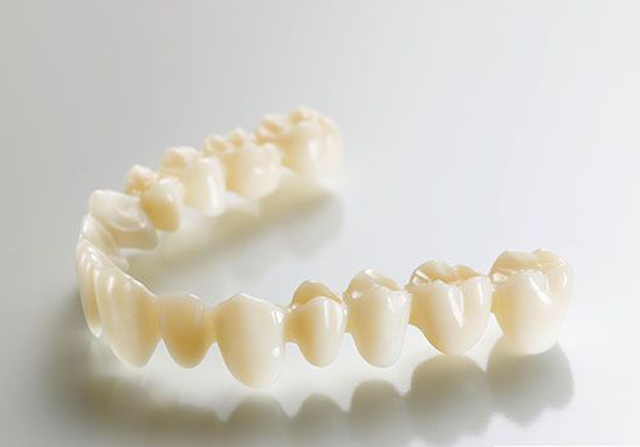 Open wechat
Open wechatAll-ceramic tooth is a kind of high-tech dental inlay method developed in recent years. An inner crown is made on the root of the treated tooth. The inner crown is a layer of all-ceramic transparent support skeleton.
Then a layer of porcelain powder similar to the natural tooth color is baked on the outer crown surface, and the inner crown is bonded to the tooth. In the past decade, the demand for all-ceramic restoration has been on the rise in the world, especially in developed countries. German “Dental Ceramics Research Association” survey results show that in 2002 alone there are more than one million dental restoration using all-ceramic materials. Is this an indication of the patient's sophisticated aesthetic sense, or is it an increasing Biocompatibility requirement? It should be known that the use of any metal in the mouth can have one effect or another on our body. Ceramic is suitable for internal rehabilitation, while metal can only be used as a substitute. This view is based on the fact that there is a significant difference between ceramic and metal restorations. Compared with its restorative materials, ceramic materials in the oral physical properties of neutral, it is very consistent with the biological structure of the human body, with a high degree of Biocompatibility.
Common alloys in dental alloys: such as nickel-chromium alloy often have the occurrence of allergies, serious but also cause other diseases. Even the use of precious metals for skin tests can increase the number of cases of allergies. The application of ceramics, so that the risk of this material to the human body almost zero, which is the majority of dental workers to pursue the goal of patients suffering from oral disease is also the dream.


